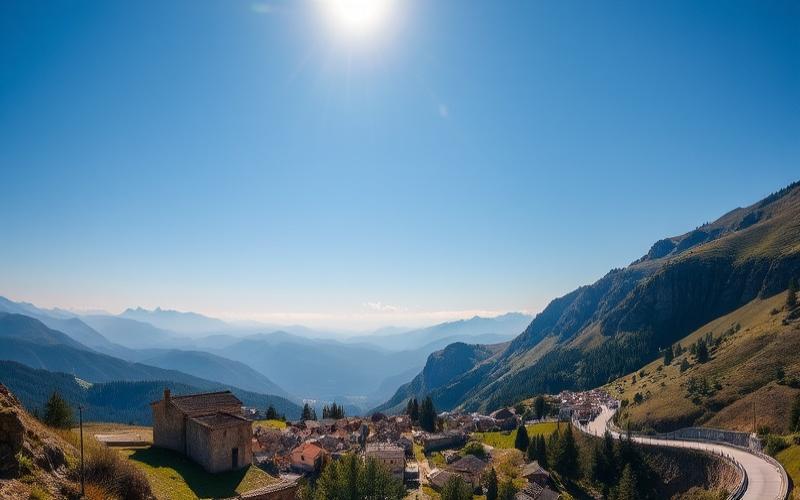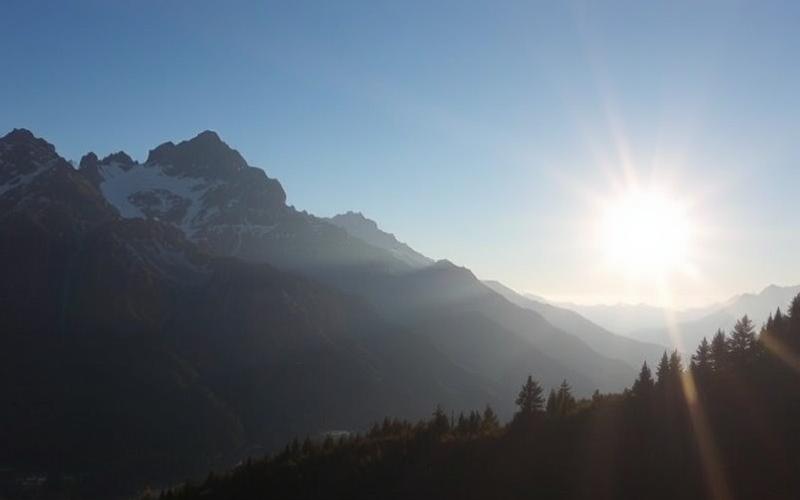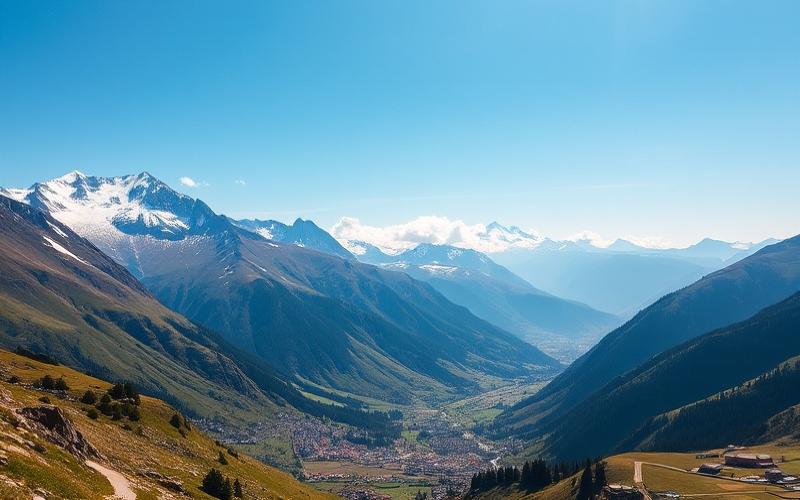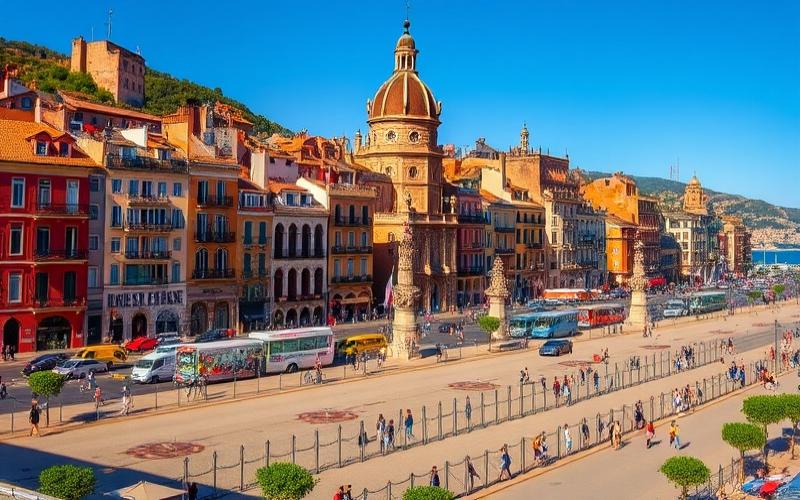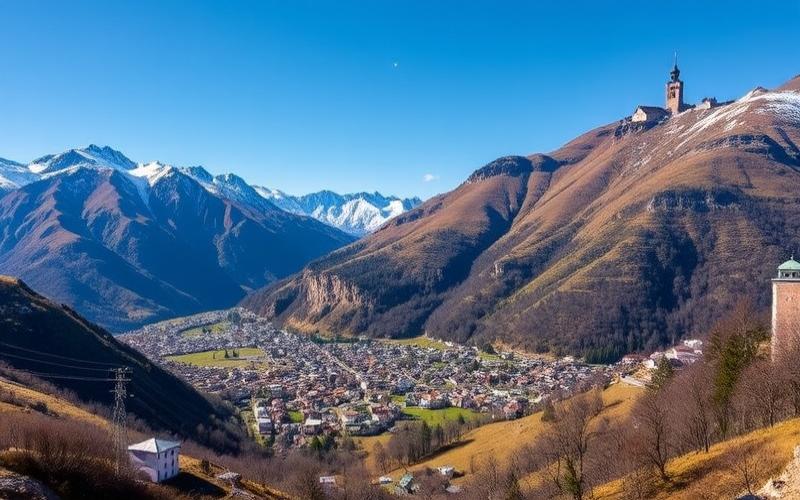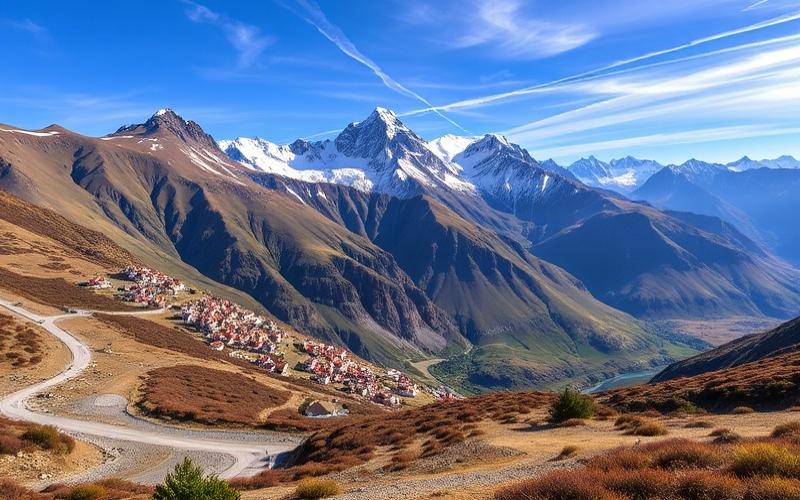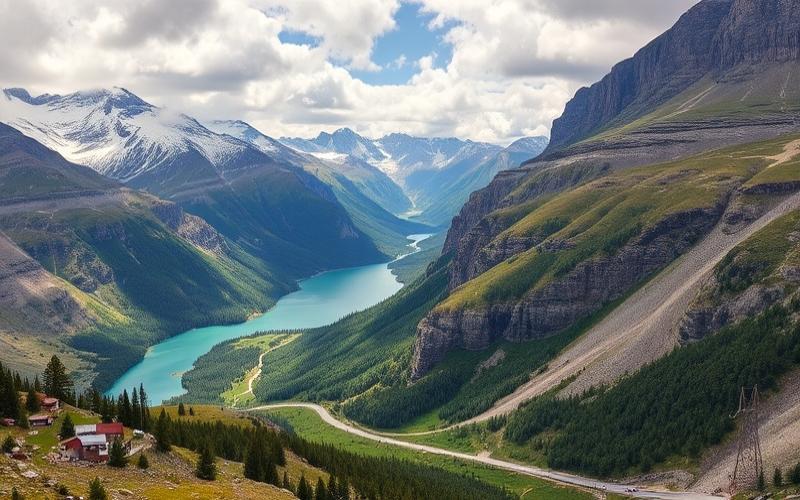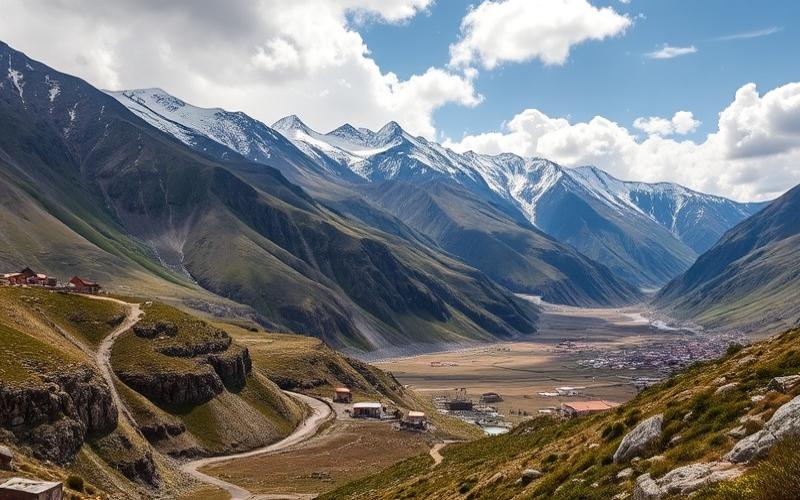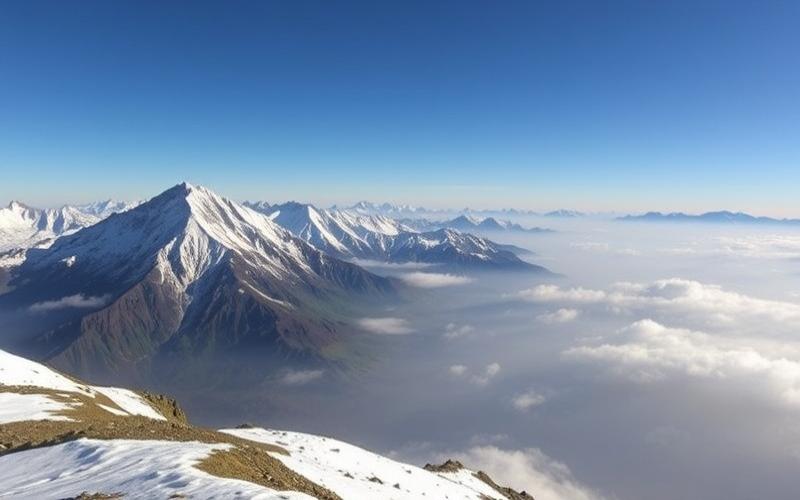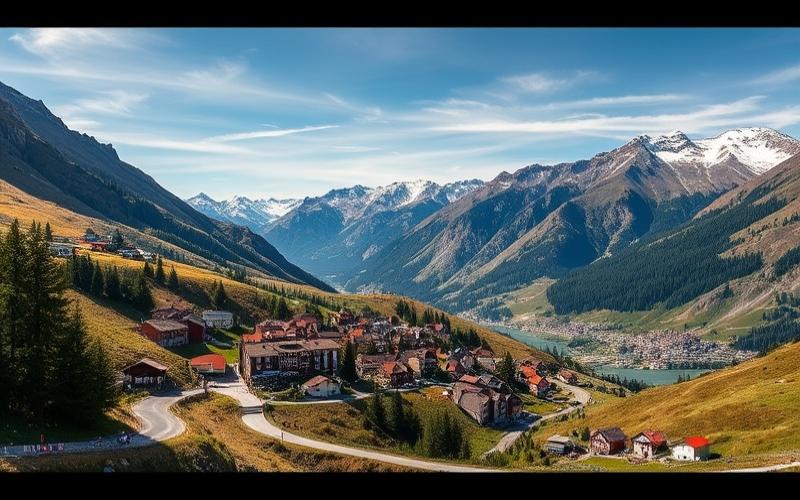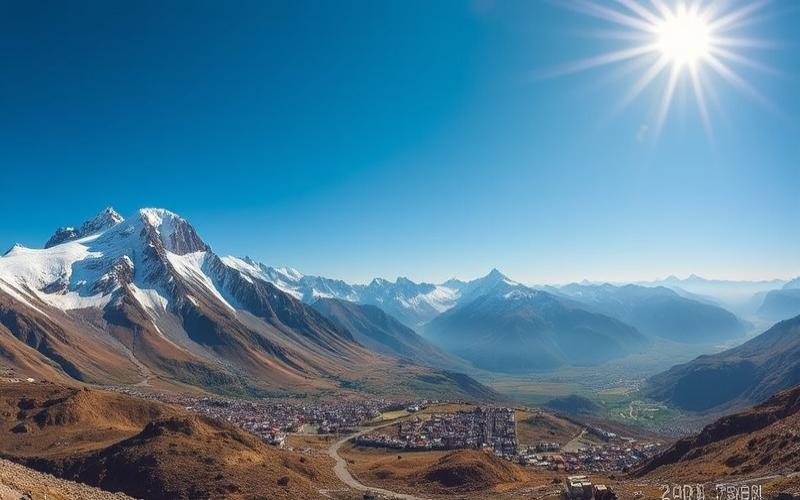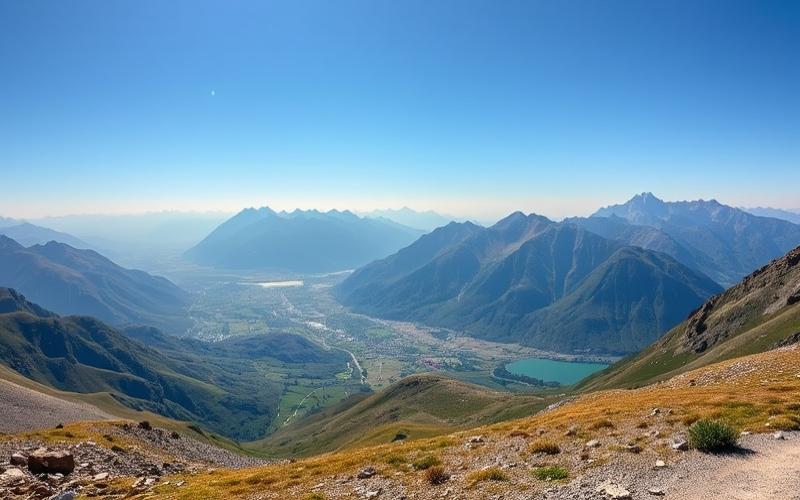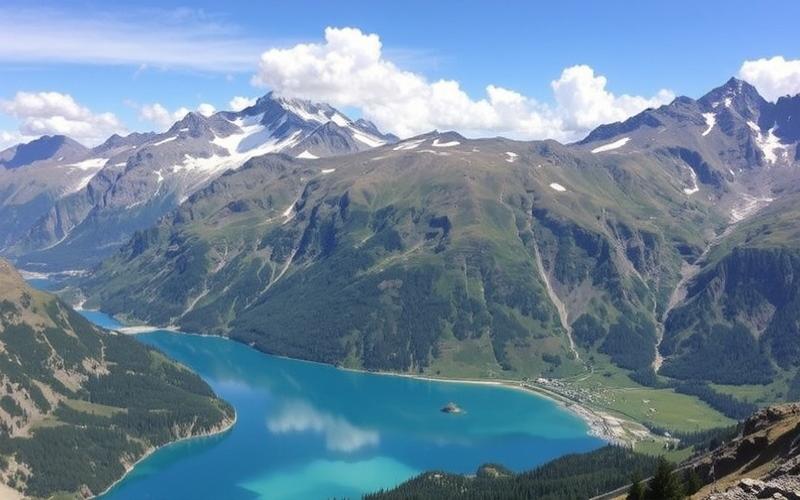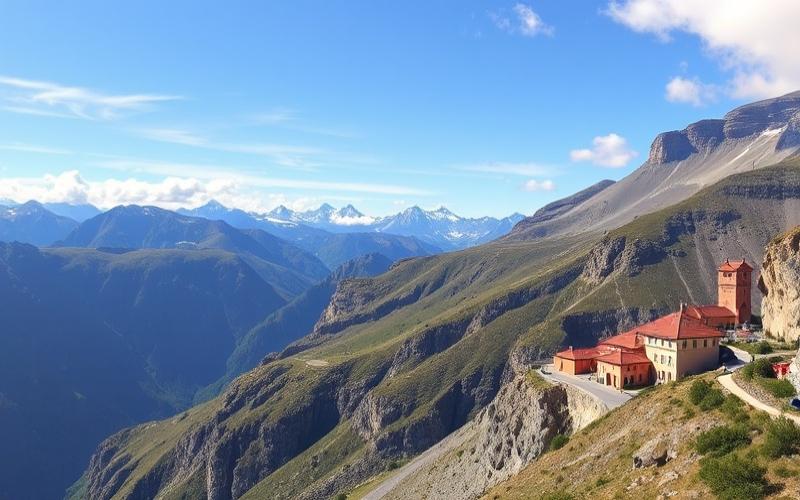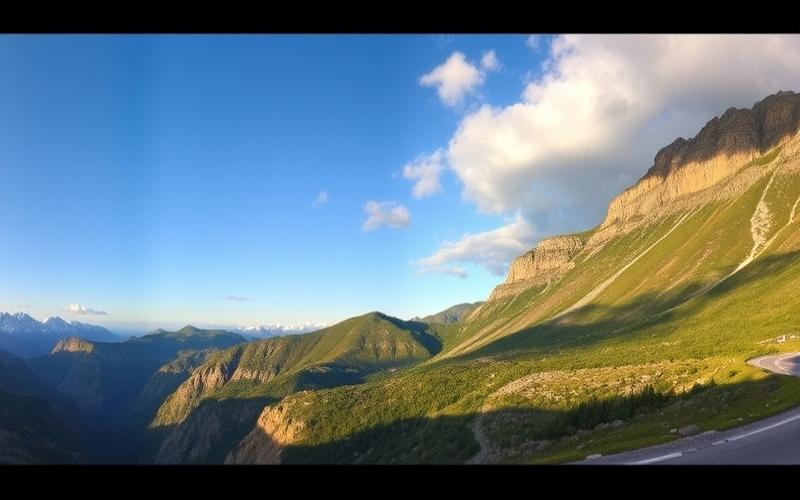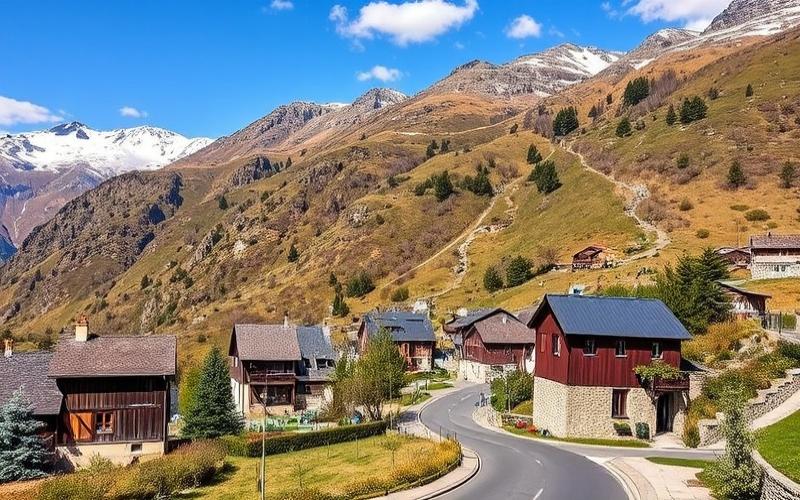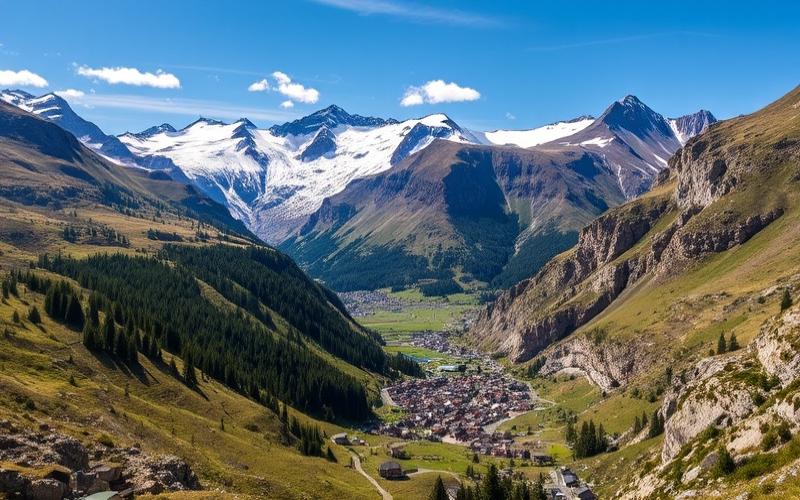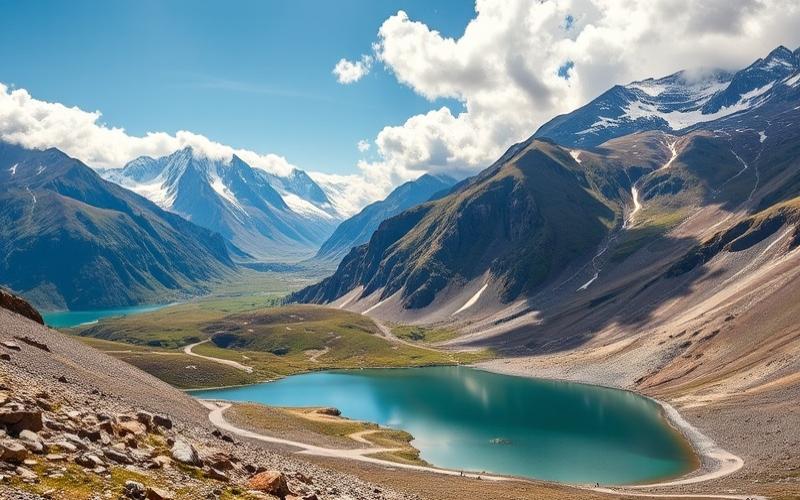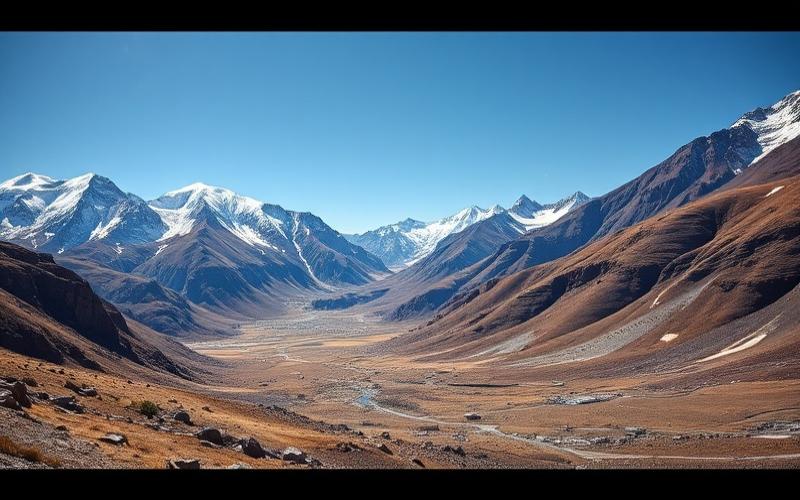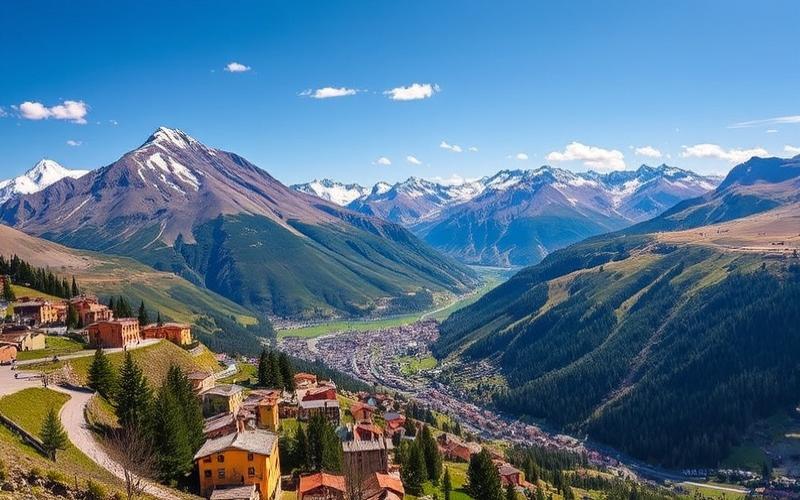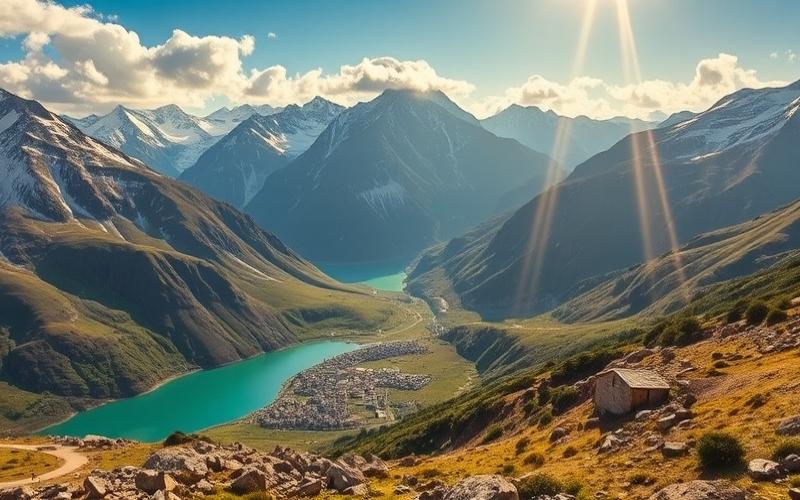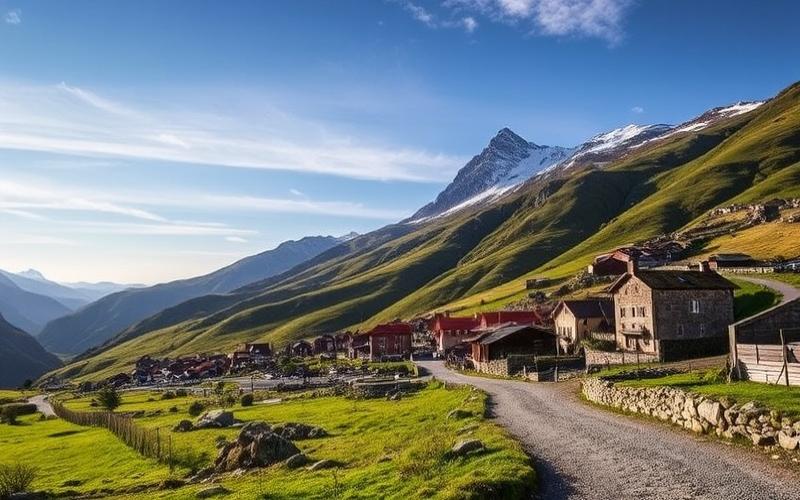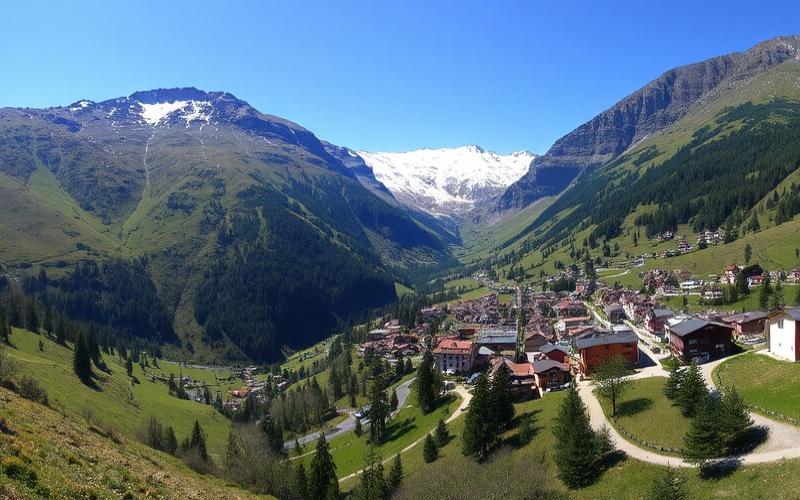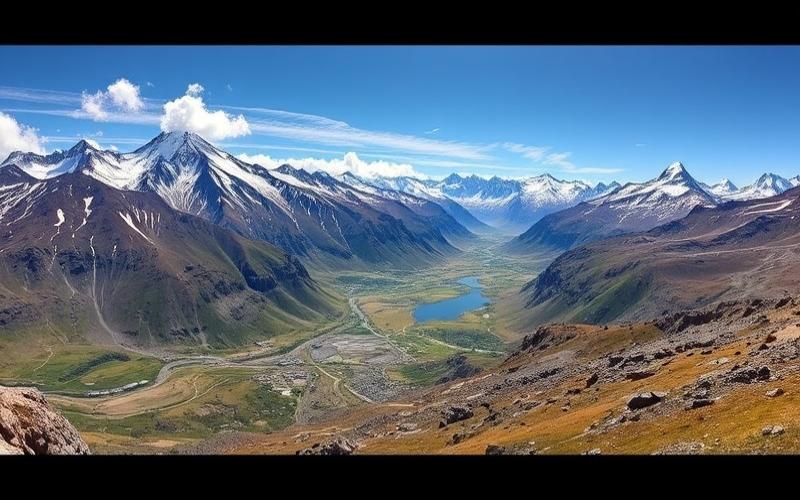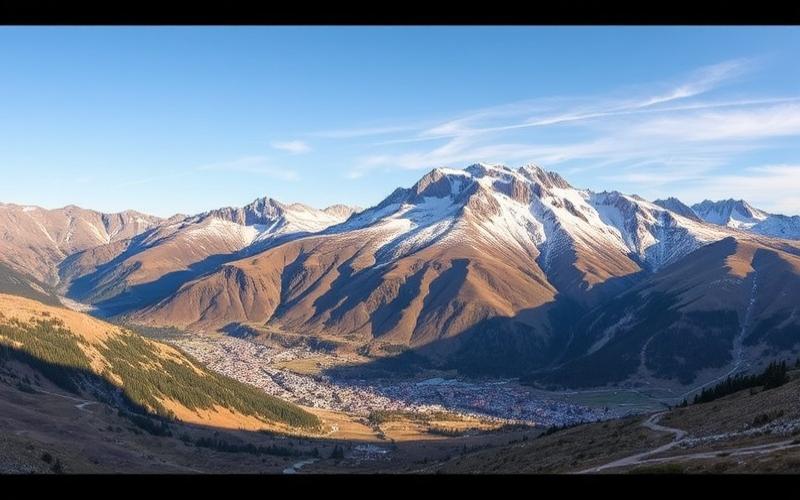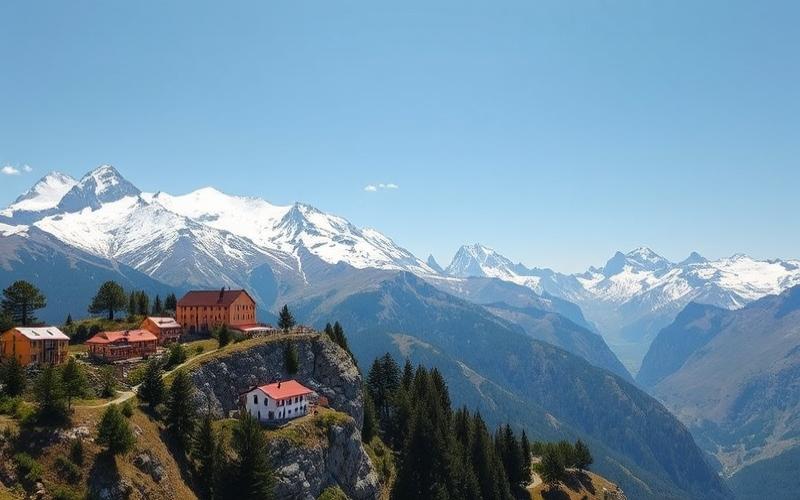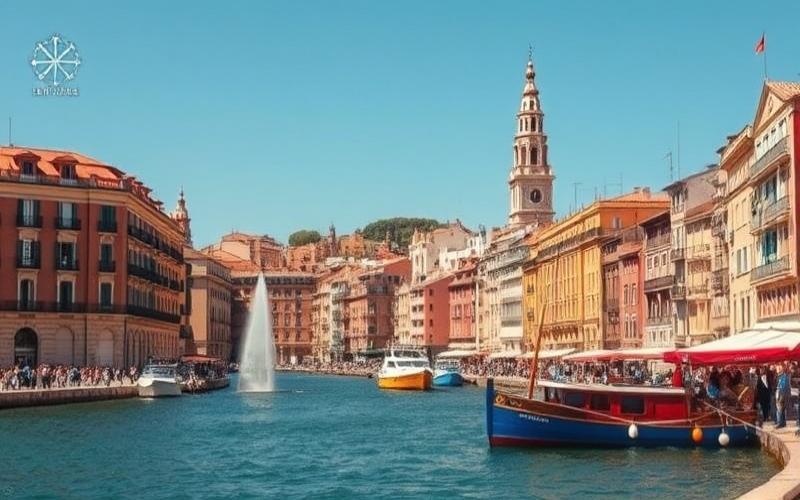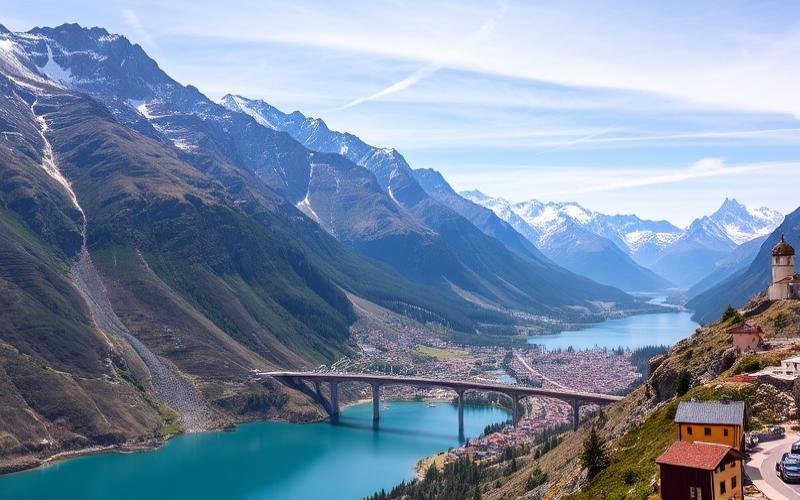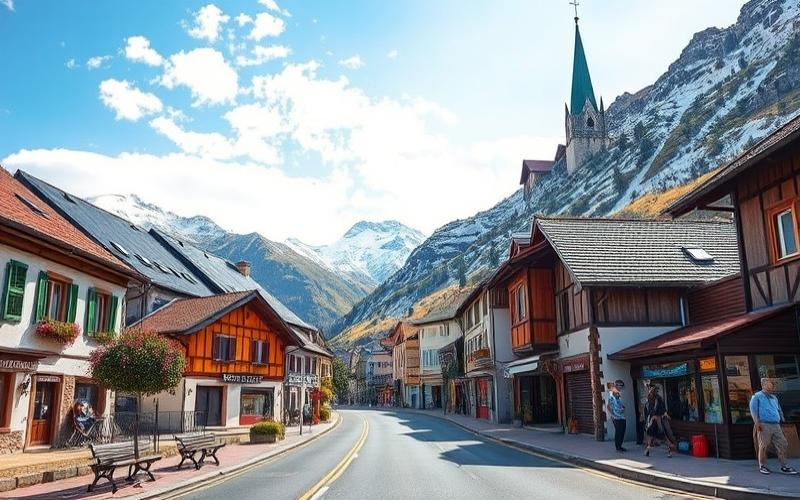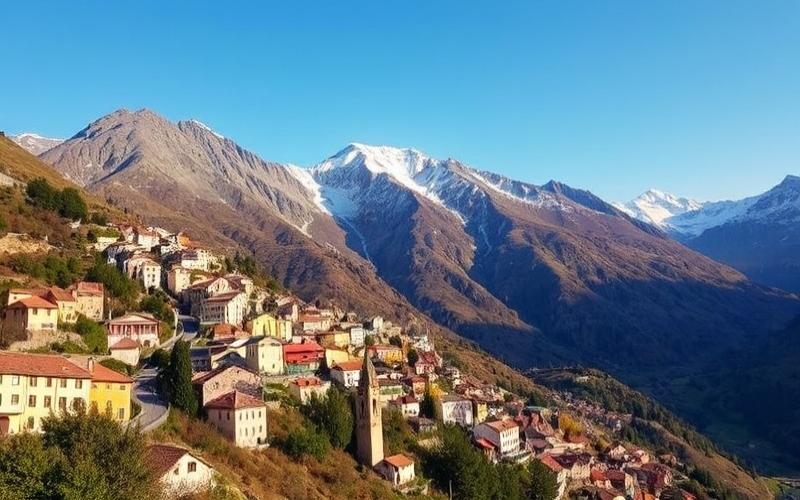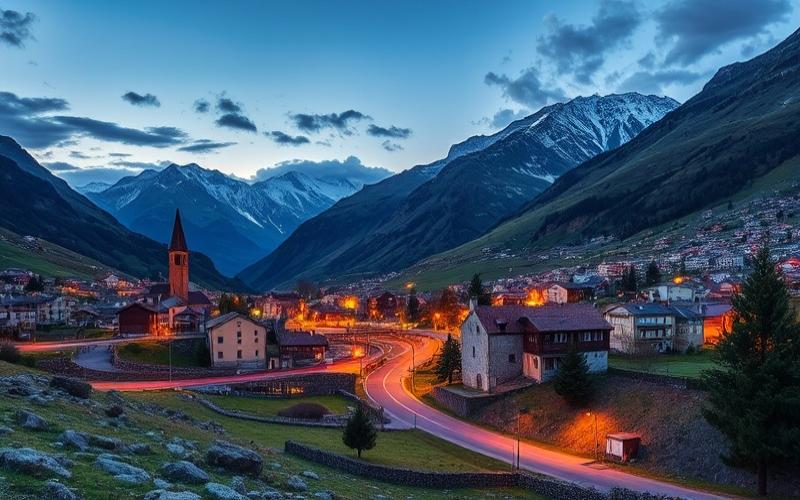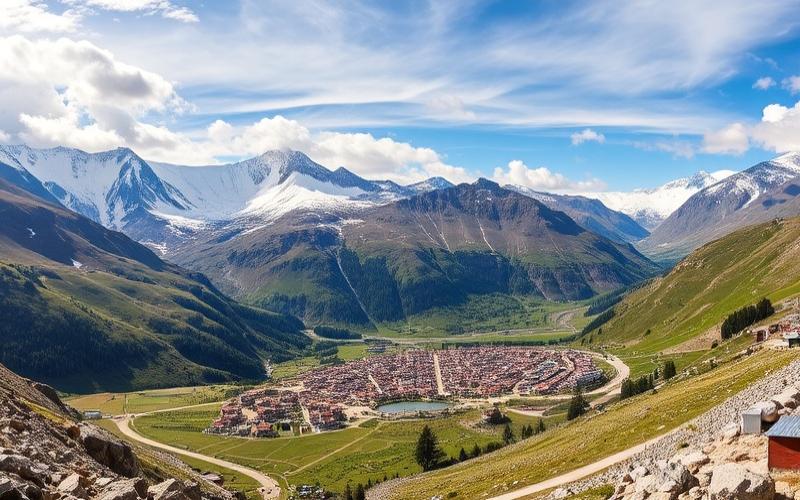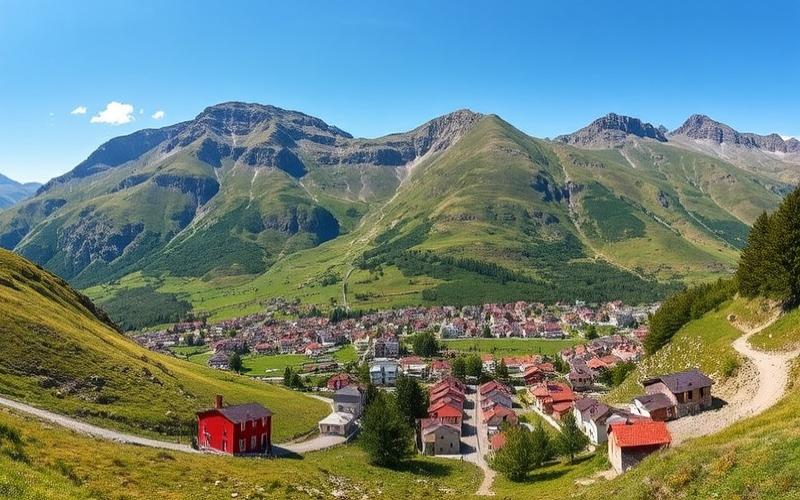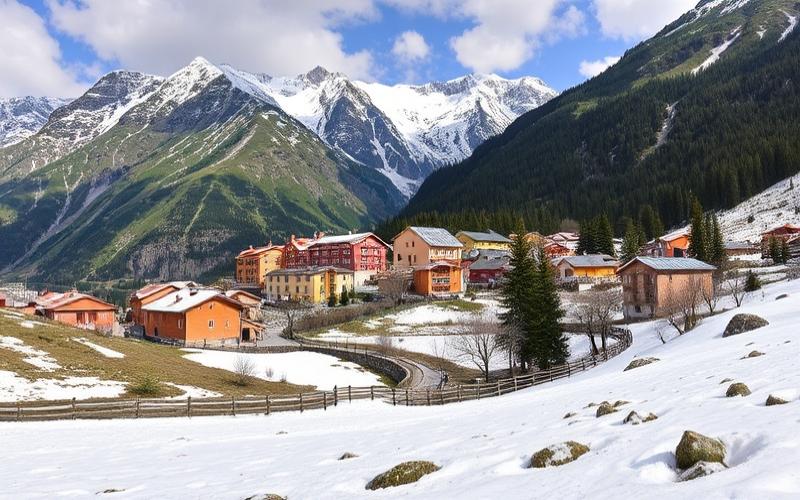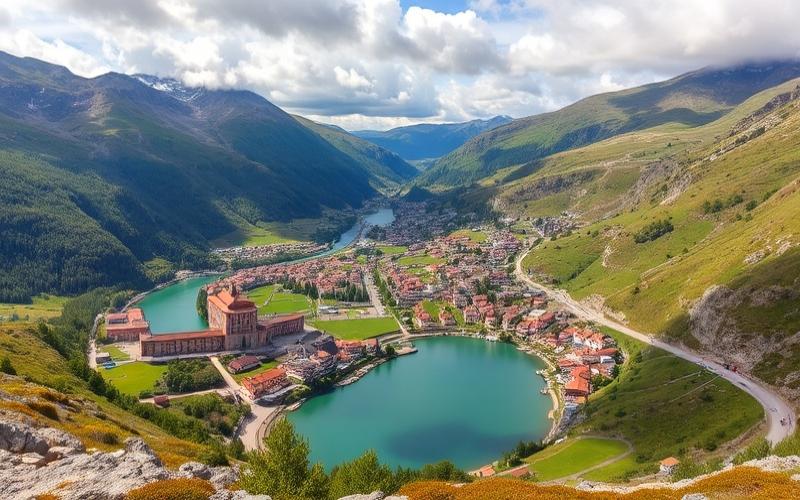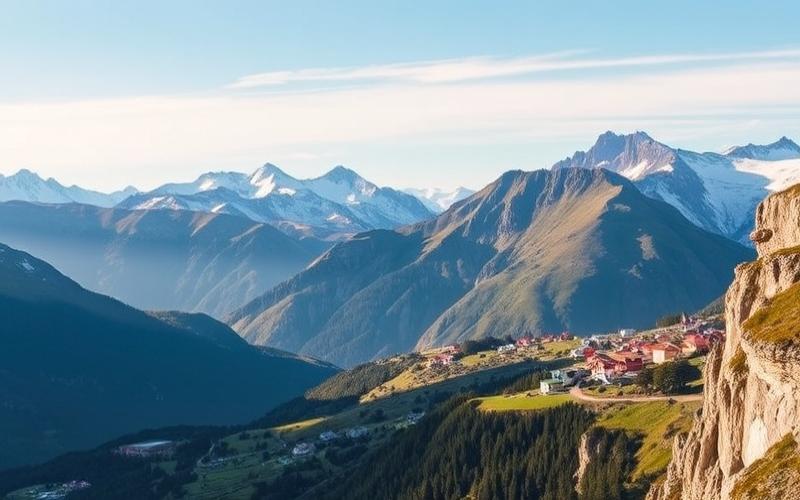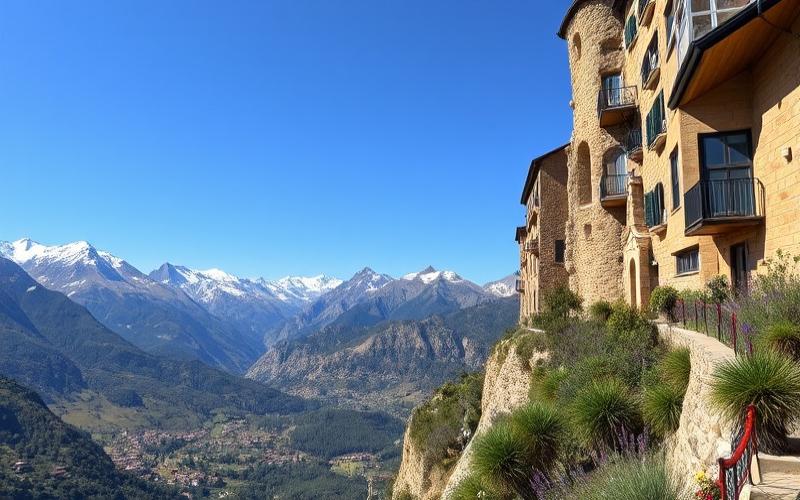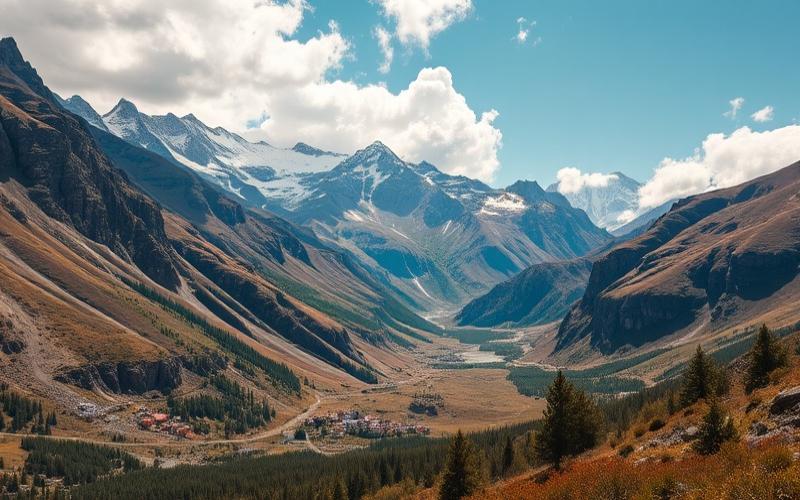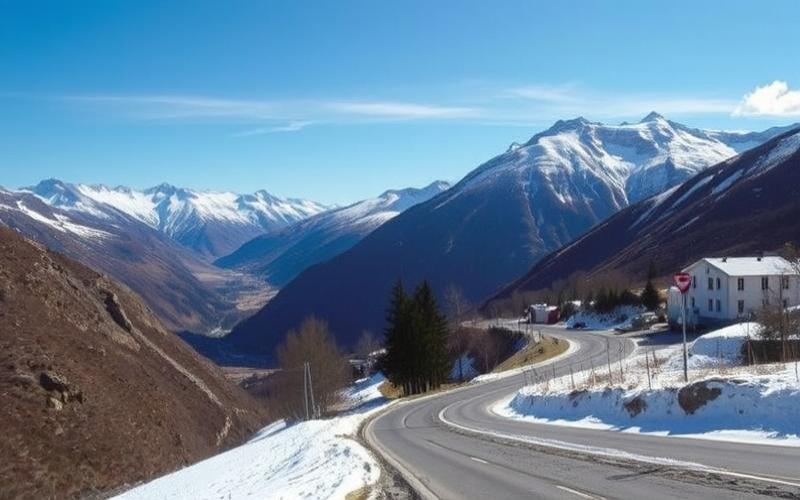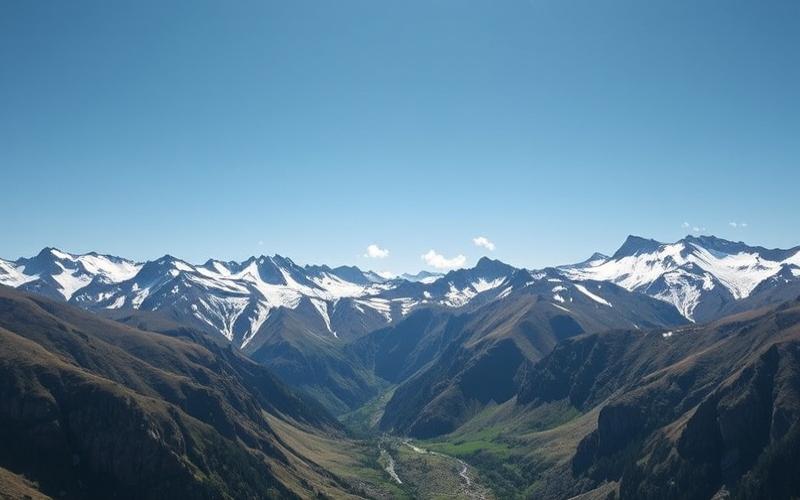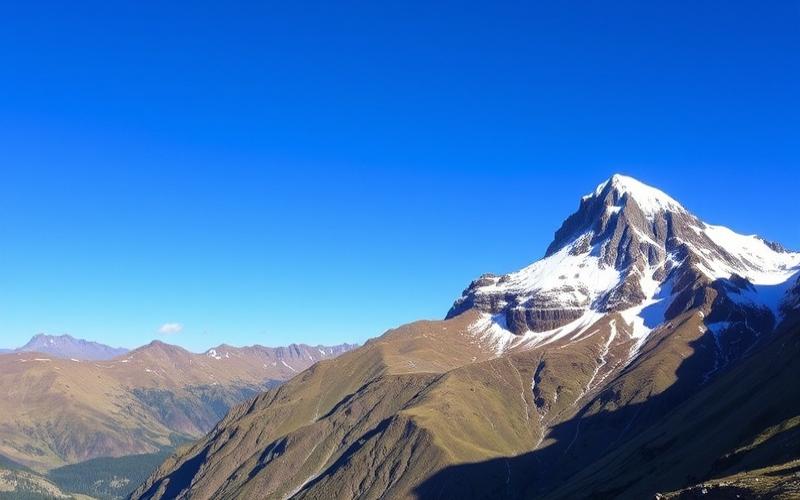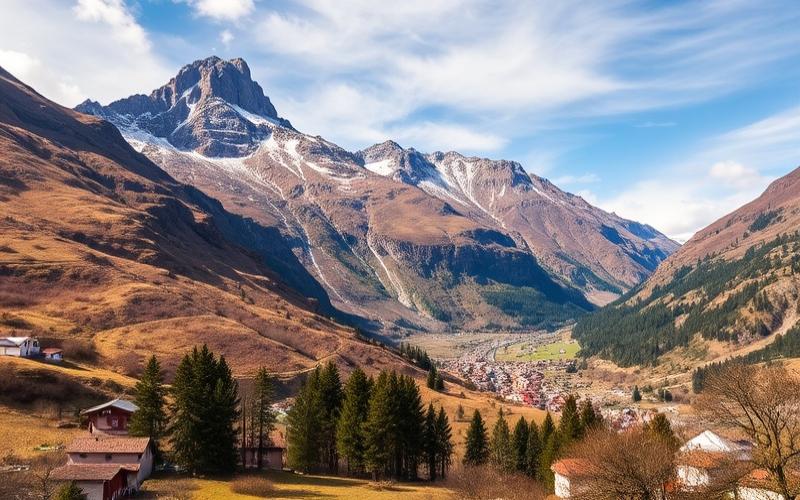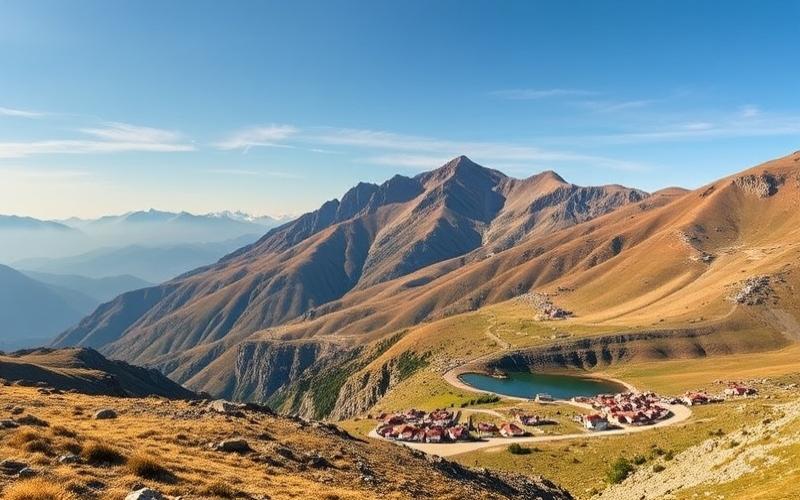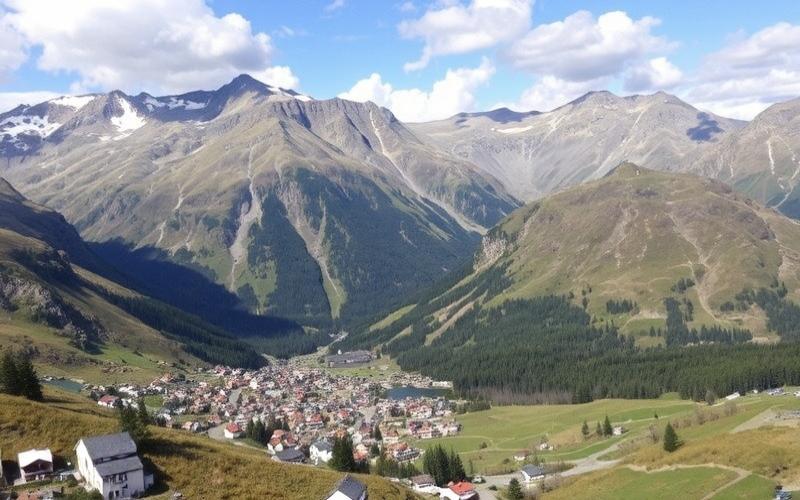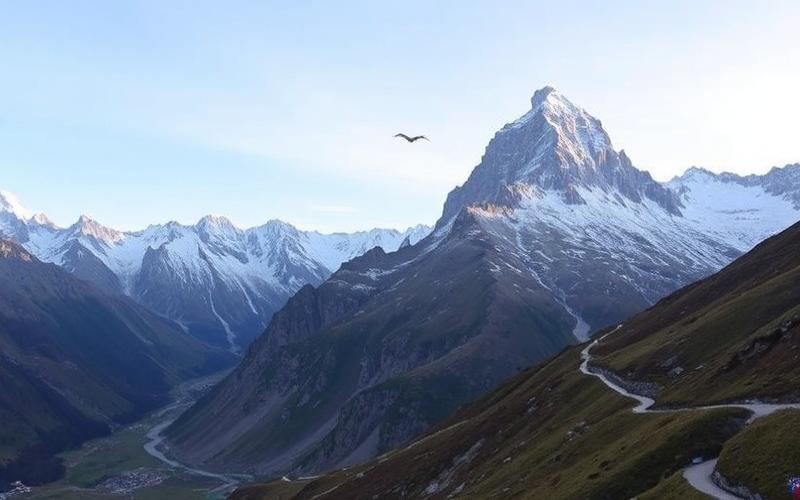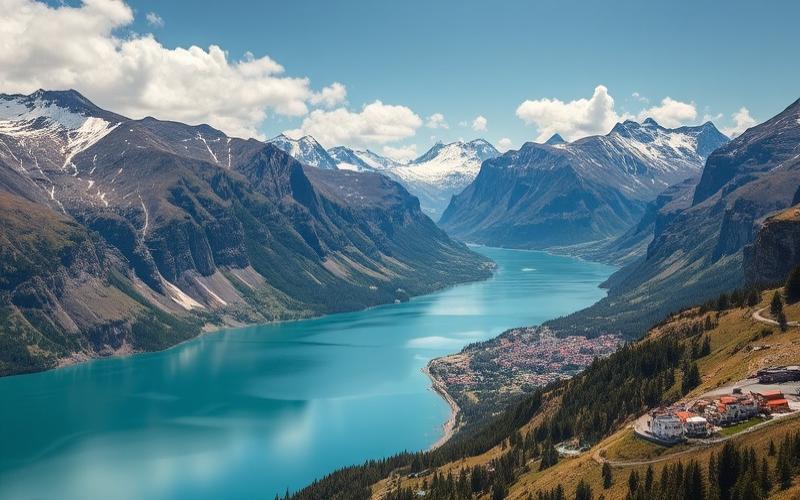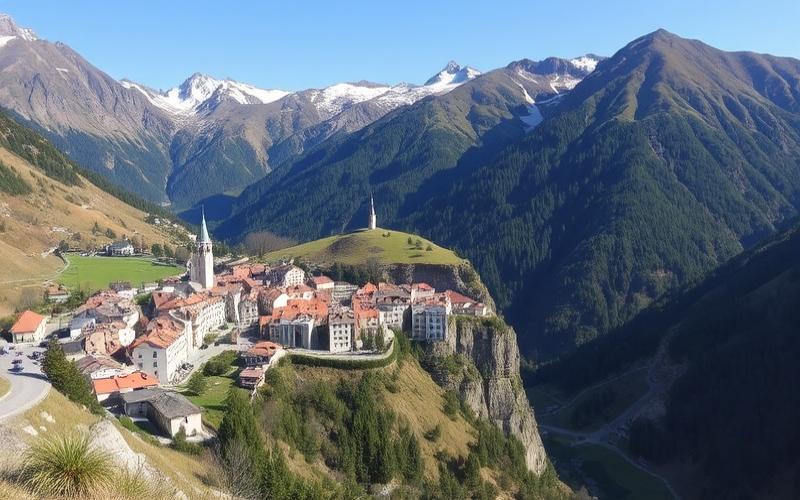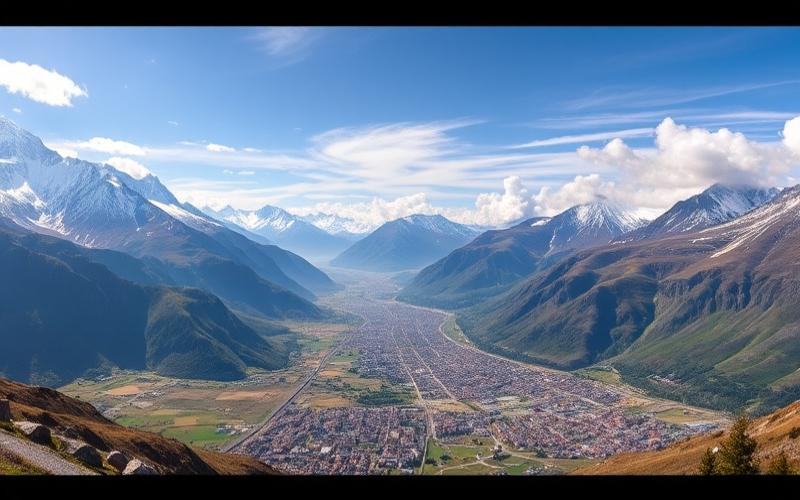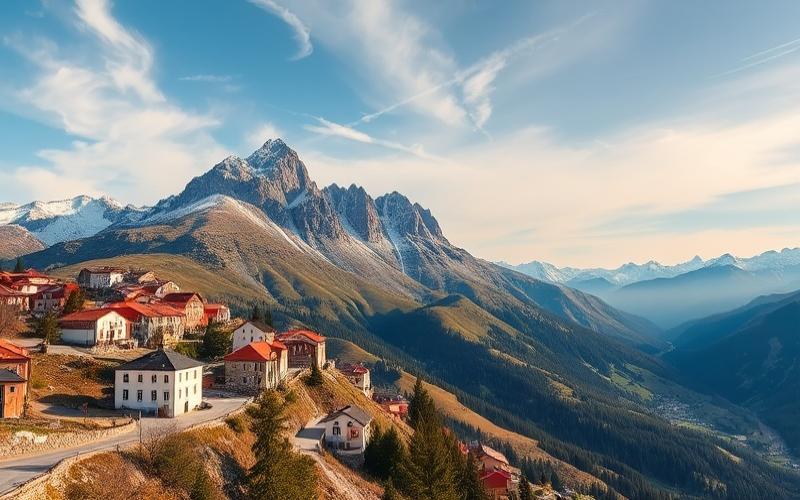
 Published on and written by Cyril Jarnias
Published on and written by Cyril Jarnias
Profitability of Short-Term vs Long-Term Rentals in Andorra
In the current context where short-term rental platforms like Airbnb are gaining popularity, it’s essential for investors and property owners to explore comparative profitability with long-term rentals, especially in specific real estate markets such as Andorra.
This article examines a detailed city-by-city analysis of this small mountain country, providing key data and insights to help assess which option might be more lucrative.
By examining occupancy rates, average prices, and return on investment, this study offers an indispensable guide for navigating the complex world of potential rental income.
Good to Know:
Andorra, with its advantageous tax status and tourist appeal, presents a unique real estate market for investors.
Comparative Profitability Analysis Between Airbnb and Long-Term Rentals in Andorra
The comparative methodology relies on analyzing the following criteria: occupancy rate, potential income, maintenance costs and rental charges, as well as regulatory and tax impacts. For each option, net profitability is calculated according to:
- Average annual occupancy rate
- Level of gross income generated (monthly or annual)
- Specific costs (maintenance, cleaning, management)
- Rental charges (taxes, local taxes, condominium fees)
- Applicable regulations (touristic vs residential)
Comparison Table of Criteria
| Criterion | Airbnb | Long-Term Rental |
|---|---|---|
| Occupancy Rate | Variable; strong seasonality | Stable year-round |
| Average Monthly Income | Higher during peak season | Stable but capped |
| Maintenance/Management | Frequent; high cost | Occasional; moderate cost |
| Charges/Taxation | Advantageous BIC regime | Standard taxation |
Recent data indicates that in key Andorran cities:
- In Andorra la Vella and Escaldes-Engordany: Long-term rents reached up to €21/m² in 2024.
- Optimized Airbnb income can exceed €30,000 annually for a well-located apartment with over 90% occupancy rate, approximately €2,500/month. Long-term rental yields between €1,800 and €2,200/month for equivalent space.
List of Seasonal Variations
- Airbnb Occupancy:
- Peak tourist season: rate >90%
- Low season: possible drop
“Since I switched to Airbnb in Sant Julià de Lòria during school holidays, my income has increased but I have to manage much more turnover”
— Investor Property Owner
“Long-term rental in Escaldes gives me financial stability. I don’t need to intervene regularly or deal with tourism uncertainties”
— Residential Landlord
Market Trends & Forecasts
- Continuous growth in tourism sector (+7% annually).
- Mass arrival of digital nomads increases short-term demand in urban centers.
- General rise in real estate prices (+12% on rents between 2023 and 2024).
- Historic difference between profitability tends to fade due to combined effect of rental shortage and regulatory pressure.
Synthetic Recommendations
To Maximize Profitability
- Choose Airbnb if the property is located in a high-demand central/touristic area AND if you can ensure professional management (cleaning/concierge service). Ideal during tourist peaks or major events.
- Prefer long-term rental if you seek financial stability without high operational constraints or if your property is located outside city centers.
Frame Your Choice
If your priority is maximum short-term cash flow with flexibility → OPTIMIZED AIRBNB. If you prioritize asset security & administrative simplicity → STABILIZED LONG-TERM RENTAL.
Good to Know:
The comparative profitability analysis between Airbnb and long-term rental in Andorra considers criteria such as occupancy rate, potential income, and rental charges. In Andorra la Vella, Escaldes-Engordany, and Sant Julià de Lòria, Airbnb income is influenced by strong seasonality, favoring profitability peaks during high tourist season compared to stable but generally lower long-term rental income. Regulations on tourist rentals, often requiring specific licenses and safety standards, can reduce Airbnb’s net profitability compared to more linear and less restrictive long-term contracts. Testimonials from property owners show that those opting for Airbnb often achieve higher return on investment, despite increased maintenance costs. Market trends indicate continuous growth in Airbnb rentals, supported by increasing tourism in Andorra, though for stable profitability, long-term rental remains a viable option in low tourist demand contexts. Recommendations favor Airbnb in high tourist traffic areas, while for secure and regular income, long-term rental is advocated, especially during off-season periods.
Airbnb Short-Term Rental Yield: Strengths and Weaknesses
Market Analysis
Short-term rental via Airbnb in Andorra shows strong seasonality, with occupancy rates and prices varying significantly according to time of year and location.
| Month | Occupancy Rate in Arinsal (%) | Average Price per Night (€) |
| January | 44.4 | 180.41 |
| February | 46.6 | 250.53 |
| March | 81.3 | 183.64 |
| April | 89.9 | 167.13 |
| May | 85.7 | 133.73 |
| June | 91.5 | 141.42 |
| July | 73.1 | 192.32 |
| August | 84.2 | 194.34 |
| September | 86.1 | 132.72 |
| October | 100 | 151.19 |
| November | 100 | 126.18 |
- Tourist Demand: Strong during ski season (winter, early spring) and summer period.
- Low Season: Spring and autumn, with demand decline, except in certain highly touristic locations.
- Average Annual Income: In Escaldes, the average annual income of an Airbnb host reaches $28,489 with 38% occupancy rate and average price per night of $239.
Advantages of Short-Term Rental
- Dynamic Pricing: Ability to adjust prices based on demand and local events.
- Profitability Peak: High income during peak seasons (winter sports, summer holidays).
- Usage Flexibility: Owner can block dates for personal use or maintenance.
- Higher Yield Potential: Well-located properties (city center, near resorts) show particularly attractive rental performance.
Disadvantages and Challenges
- Yield Volatility: Income fluctuates strongly by season, tourist market conditions, and competition.
- Increased Maintenance Costs: Frequent cleaning, check-in/out management, equipment renewal.
- Local Regulations: Need to obtain licenses, respect tourist housing quotas, risks of rule evolution (quotas, taxation, administrative obligations).
- Uncertain Occupancy Rate: Even in attractive areas, optimal year-round occupancy is not guaranteed.
Comparison with Long-Term Rental
| Criterion | Short-Term Rental (Airbnb) | Long-Term Rental |
| Potential Profitability | High in peak season, variable | More stable, generally lower |
| Management | More complex, time-consuming | Simpler and predictable |
| Regulation | Stricter and evolving | Relatively stable |
| Vacancy | More frequent | Low |
| Personal Use | Flexible | Not available |
In Andorra, legislation imposes quotas and specific obligations for short-term rental, while long-term rental remains more regulated but also more secure for the investor.
Case Study
| City / Resort | Profitability Potential | Specific Risks |
| Escaldes | High | Strong competition, seasonality |
| El Tarter | High (winter, skiing) | Demand drop off-season |
| Arinsal (La Massana) | Good yield | Weather-related fluctuations |
| Encamp | Moderate | Dependence on attendance |
- In Escaldes, some hosts (e.g., Hotel & Aparthotel Cosmos, Marta) exceed $100,000 annual income, illustrating potential in high-demand areas.
- In El Tarter, top-performing hosts generate over $500,000 annual income, but competition is strong and occupancy rate can drop below 35% off-season.
Expert Opinions
- Rental management experts emphasize the importance of diversifying rental periods and optimizing online positioning (photos, reviews, amenities).
- They stress the need for professional management to maximize profitability and limit vacancy periods.
- Future trends include increased regulation, premium service upgrades, and growing demand for unique or well-located properties.
Key Takeaway:
Short-term rental via Airbnb in Andorra offers high yield potential but comes with increased risks related to seasonality, management, and regulatory framework. Fine analysis of local market and optimized management are essential to secure and maximize investment.
Good to Know:
In Andorra, short-term rental via Airbnb presents high yield potential, with fluctuating but intense tourist demand during December to March for skiing, and June to September for summer activities. This seasonality allows owners to adjust prices and maximize income during peak periods, but also creates significant volatility during low season. Success examples are particularly notable in Encamp and Andorra la Vella, where short distances to ski resorts increase rental appeal. However, owners must manage more frequent maintenance costs and comply with potentially restrictive local regulations, such as rental duration limitations. Compared to long-term rental, short-term rental flexibility offers definite advantages but at the cost of more intensive management. According to real estate experts, although appeal for short-term rental remains strong, possible legislative reforms could influence future profitability, making foresight an asset for investors.
Long-Term Rental Contract in Andorra: Advantages and Disadvantages
Main Advantages of Long-Term Rental in Andorra:
- Stable Rental Income: Long-term leases (typically 3 to 5 years) provide visibility on collected rents, with low vacancy risk, especially in attractive cities like Andorra la Vella or Escaldes-Engordany.
- Reduced Management Fees: Less tenant turnover means fewer inspections, refurbishments, or agency fees compared to short-term rental like Airbnb.
- More Responsible Tenants: Long-term contracts favor tenants seeking stability, which tends to improve property maintenance and limit damages.
- Rent Indexation: It’s common to include annual indexation clause based on Andorran CPI, protecting yield against inflation.
- Advantageous Tax Framework: No wealth tax, reduced social charges, no inheritance or gift tax.
Potential Disadvantages of Long-Term Rental in Andorra:
- Less Flexibility Than Short-Term Rental (Airbnb): Cannot adjust rent amount or quickly recover property for more profitable tourist rental during peak season.
- Rigid Contractual Commitment: Leases benefit from significant tenant protection, with automatic renewal if neither party objects. Early termination is only possible under specific conditions.
- Non-Payment Risk: As everywhere, rent non-payment remains a risk. In Andorra, eviction procedure is regulated but can take several months in case of dispute.
Legal and Regulatory Specifics in Andorra:
| Regulatory Specifics | Detail |
|---|---|
| Lease Duration | Free, but presumed 4 to 5 years if unspecified |
| Renewal | Tacit, for same duration, unless express denunciation |
| Tenant Protection | Right to lease renewal, except valid reason (e.g., personal use by landlord) |
| Security Deposit | 1 to 2 months rent |
| Rent Indexation | Possible and frequent, based on Andorran CPI |
| Contractual Obligations | Specification of charges, termination terms, mandatory inspection |
Long-Term vs Short-Term (Airbnb) Rental Comparison in Andorra:
| Criterion | Long-Term | Airbnb / Short-Term |
|---|---|---|
| Annual Income | Stable but often lower | Variable, potentially higher |
| Occupancy Rate | High (95% in central areas) | Season-dependent, more volatile |
| Management | Less time-consuming | Very time-consuming, frequent management |
| Taxation | Advantageous | Advantageous, but watch for possible reclassification as commercial activity |
| Flexibility | Low | High |
| Non-Payment Risk | Present, but regulated procedures | Limited (platform upfront payment) |
Concrete Profitability Example:
In Andorra la Vella, a 60 m² apartment rents long-term for approximately €1,200/month (€14,400/year), with over 95% occupancy rate.
On Airbnb, the same property can generate between €80 and €150/night depending on season. At €120/night and 60% occupancy rate, gross annual income reaches approximately €26,000 – but management and cleaning fees are much higher and taxation may differ.
In long-term rental, net profitability is more predictable, management simplified, but maximum gain potential lower.
Key Takeaway:
Long-term rental in Andorra appeals through its stability, management simplicity, and legal security offered by protective regulatory framework, but it implies less flexibility and strong contractual commitment, fundamentally distinguishing it from Airbnb-type rental.
Key Statistics (Andorra, 2025):
- Occupancy rate on long-term market in Andorra la Vella: >95%
- Average gross rental yield: between 3.5% and 5% depending on location and standard
- Average lease duration: 4 to 5 years, tacitly renewable
Good to Know:
Opting for a long-term rental contract in Andorra presents several advantages, such as stable rental income and reduced frequent management fees thanks to more responsible tenants. However, this option also carries certain disadvantages, including rigid contractual commitment and lack of flexibility compared to Airbnb, where price adjustment and quick reoccupation are possible. Additionally, risk exists in long-term contracts in case of tenant rent non-payment. According to Andorra-specific regulations, landlords must often ensure the contract complies with local legal requirements, which can influence profitability. Concrete examples show that in cities like Andorra la Vella, long-term rentals can offer increased profitability depending on local demand and occupancy rates, despite contract rigidity compared to Airbnb flexibility.
Performance Study by City: Which Choice to Prefer?
Comparative Analysis of Airbnb and Long-Term Rental Income in Main Andorran Cities
| City | Monthly Airbnb Income (estimate) | Average Occupancy Rate | Average Price per Night (ADR) | Monthly Long-Term Rent (estimate) |
| Andorra la Vella | €2,340 | 50% | €196 | ~€1,000–1,400 |
| Encamp | ~€1,800–2,200 | ~45–55% | ~€150–180 | ~€900–1,200 |
| Canillo | ~€2,000–2,500 | >55% peak season | >€180 | ~€950–1,300 |
| Pas de la Casa | highly variable, winter peaks | >60% during ski season | up to >€220/night | similar to Encamp |
Financial Benefits Comparison
- Airbnb/short-term rental
- Potentially higher income, especially during peak tourist season.
- Strong dependence on seasonality: peaks during winter (ski resorts), possible drop off-season.
- Dynamic pricing recommended to maximize occupancy rate and annual income.
- Additional fees: frequent cleaning, rental management, platform commissions (~14-16%), increased property maintenance.
- Long-term rental
- Stable income year-round but generally lower than optimized annual Airbnb income.
- Less vacancy and simplified management.
- Regular maintenance but less intensive than for fast turnover like short-term rental.
Factors Influencing Profitability
- Tourism Seasonality
- Cities near ski resorts or major tourist hubs show high occupancy rate between December and April; summer also attracts family or sports audiences.
- Off-season: significant drop in Airbnb occupancy. Long-term rentals then help smooth annual income.
- Local Real Estate Market Fluctuations
- Regular rise in real estate prices in central areas like Andorra la Vella increases entry ticket for investment; this weighs on long-term gross yield if recent acquisition.
- Local Regulations
- Some municipalities impose limited number of licenses for short-term rentals. Strengthened controls since post-COVID to protect local residential housing access. Higher regulatory risk on Airbnb side than classic rental.
Specific Costs by Option
Short-term rental:
- Platform commission
- Frequent cleaning fees
- Recommended specific insurance
Long-term rental:
- Less vacancy
- Charges recoverable from tenant
Specifics by City Influencing Optimal Choice
Andorra la Vella:
Administrative capital with strong stable residential demand. Long-term rental preferred by local workers; secured but capped yield. Small spaces highly demanded by expatriates/border students.
Canillo / Pas-de-la-Casa:
Highly sought winter thanks to Grandvalira domain. Massive peak for Airbnb between December-April; possibility to exploit as student/shared housing off-season summer or switch temporarily to long-term according to school/tourist calendar.
Encamp:
Mixed market; good student/local demand year-round + winter sports tourists = possible arbitration according to annual market conditions and temporary local regulation (licenses).
Key Points Summary as List:
- Higher gross income via Airbnb in all major tourist cities if occupancy rate optimized during high seasons.
- Financial stability better with classic long-term rental despite generally lower annual gross profitability.
In summary, choice will mainly depend on:
- accepted effort level,
- tolerated regulatory risk,
- ability to dynamically manage property,
- as well as specific characteristics of each Andorran city.
Good to Know:
In Andorra, when analyzing profitability between Airbnb and long-term rentals, cities like Andorra la Vella and Escaldes-Engordany present distinct dynamics. Andorra la Vella, benefiting from constant tourist flow, generally offers higher Airbnb income, especially during peak season, despite fluctuating occupancy rates. Conversely, long-term rentals there suffer less climate or seasonal impact but might generate less monthly. In Escaldes-Engordany, local real estate market, influenced by proximity to thermal spas, maintains competitive rental prices, favoring stable long-term occupancy. Understanding specific regulations, such as limitations on short-term rental durations, is crucial to optimize investment strategy in these cities.
Disclaimer: The information provided on this website is for informational purposes only and does not constitute financial, legal, or professional advice. We encourage you to consult qualified experts before making any investment, real estate, or expatriation decisions. Although we strive to maintain up-to-date and accurate information, we do not guarantee the completeness, accuracy, or timeliness of the proposed content. As investment and expatriation involve risks, we disclaim any liability for potential losses or damages arising from the use of this site. Your use of this site confirms your acceptance of these terms and your understanding of the associated risks.

